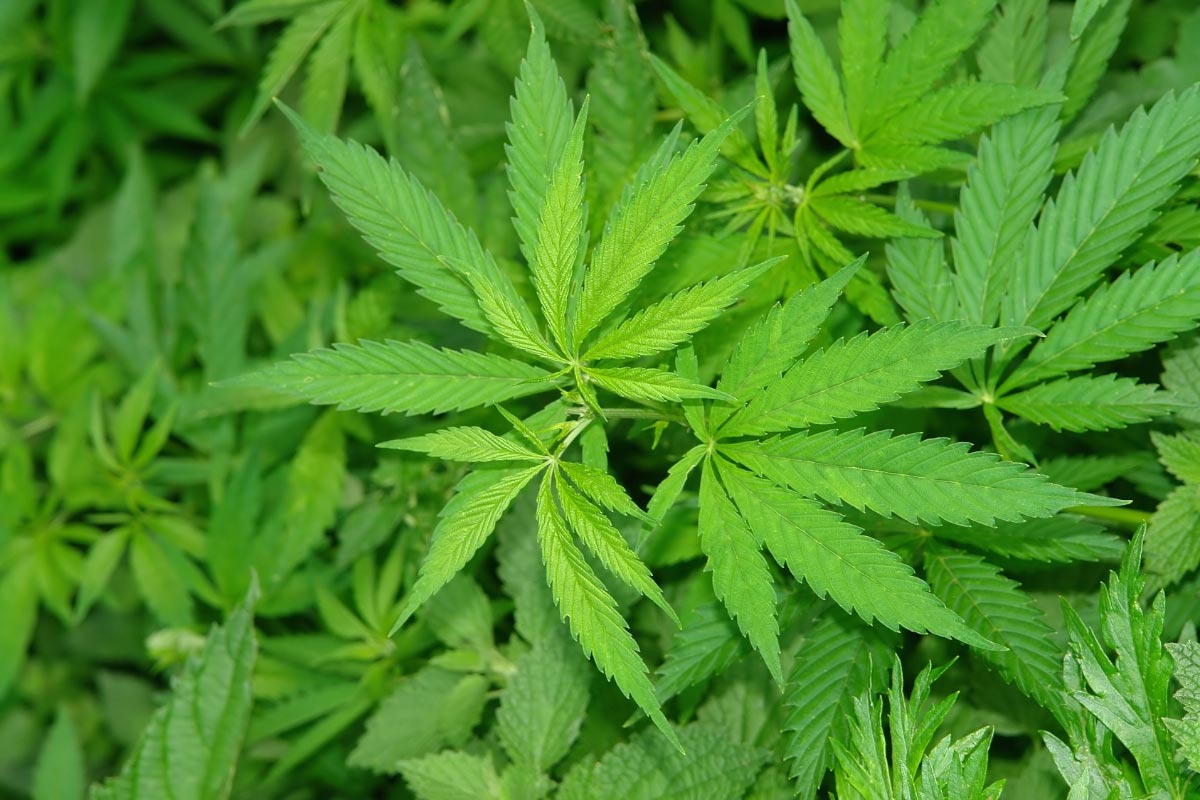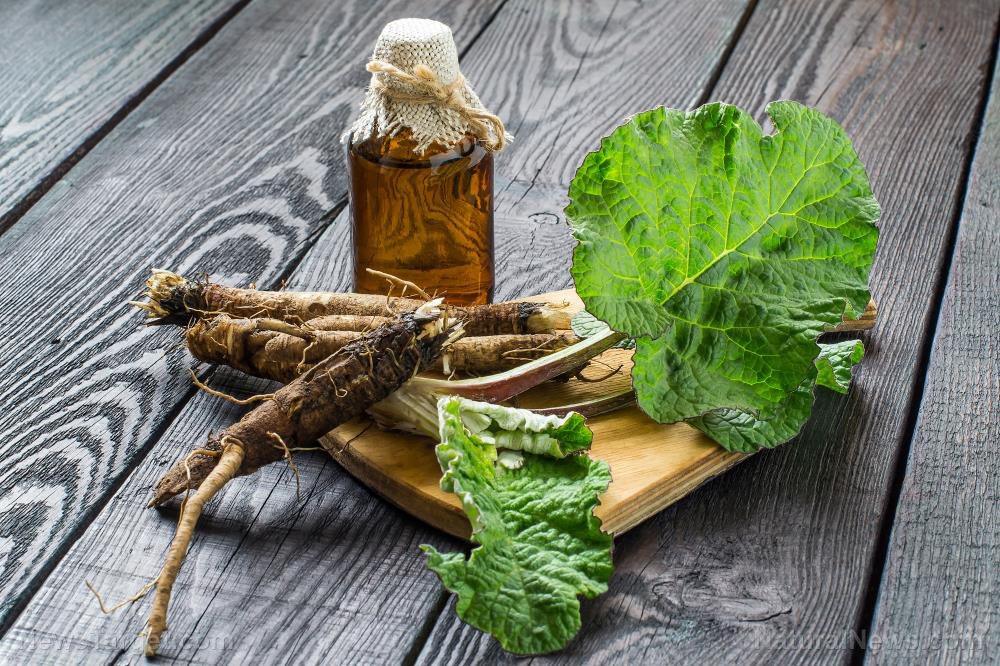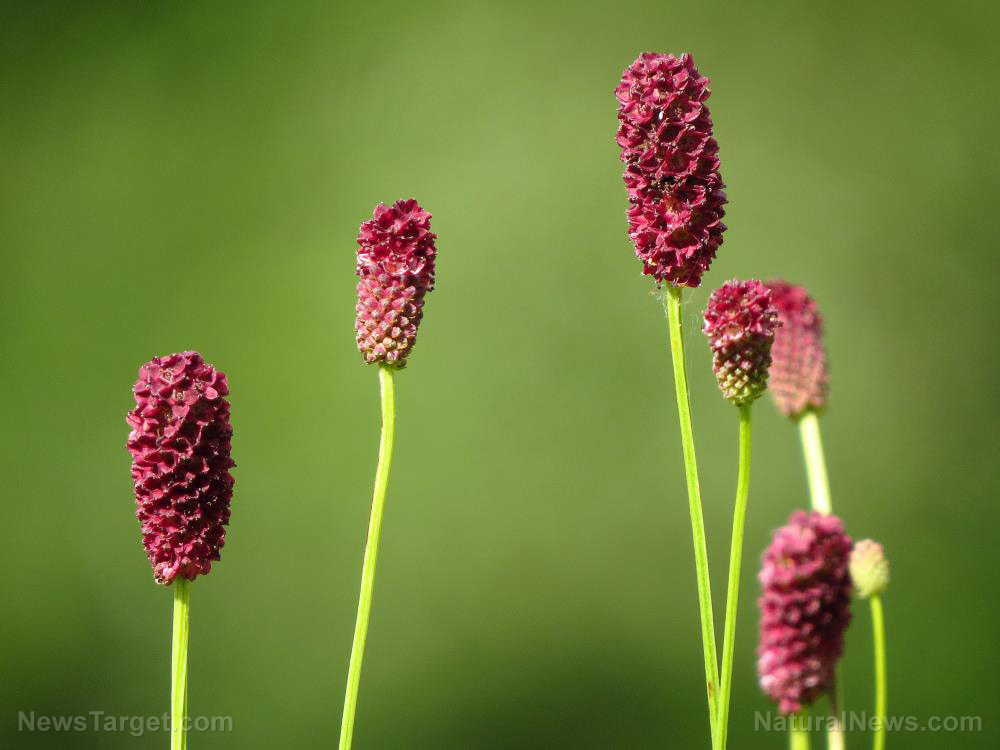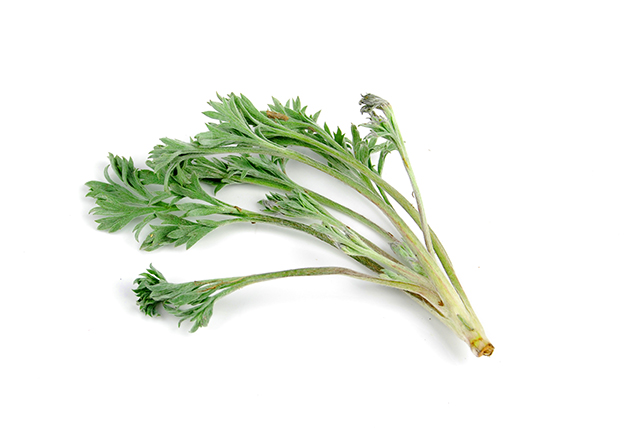Traditional herbal medicines found to be just as, if not more, effective in treating various infections than chemical drugs
06/07/2019 / By Ralph Flores

A recent study from Pakistan revealed the therapeutic potential of three plants commonly used in traditional medicine in the region. In a study published in BMC Complementary and Alternative Medicine, the team from the University of Malakand identified Eryngium caeruleum (eryngo), Notholirion thomsonianum (rosy Himalayan lily), and Allium consanguineum (dunna) to have potent antibacterial and antifungal properties.
The researchers obtained fractions from the plants and subjected these to multiple assays to evaluate their therapeutic potential. To determine their antibacterial potential, the following strains were used:
- Enterococcus faecalis: A bacteria known to cause life-threatening infections such as urinary tract infections, blood poisoning (septicemia), and meningitis.
- Esherichia coli: While most strains of E. coli are harmless, there are others that can cause diarrhea, respiratory illness, and pneumonia.
- Proteus mirabilis: A member of the same bacterial family as E. coli responsible for more complicated cases of urinary tract infection.
- Salmonella typhi: A virulent bacteria responsible for typhoid fever, a life-threatening disease that causes delirium and a state where a person lies motionless with his eyes half-closed (typhoid state).
- Klebsiella pneumonia: Most infections that happen in hospital settings are caused by K. pneumoniae. Since the 1970s, bacterial strains that are resistant to antibiotics have emerged, with the most recent one being resistant to carbapenem, a powerful last-line antibiotic.
- Pseudomonas aeuruginosa: An opportunistic pathogen that infects those with compromised immune systems. The bacteria are resistant to many types of antibiotics, and cases have a mortality rate of around 50 percent.
100% organic essential oil sets now available for your home and personal care, including Rosemary, Oregano, Eucalyptus, Tea Tree, Clary Sage and more, all 100% organic and laboratory tested for safety. A multitude of uses, from stress reduction to topical first aid. See the complete listing here, and help support this news site.
Samples containing the plant extracts, together with the bacterial strains, were incubated at 37 C overnight, and minimum inhibitory concentrations (MIC) for each were analyzed. MIC refers to the lowest concentration of the extract needed to inhibit bacterial growth.
To determine the plants’ antifungal activity, researchers used the plant samples against these fungal strains:
- Aspergillus fumigatus – A. fumigatus is a fungal pathogen found in the environment that can cause chronic lung disease and systemic infection in those with impaired immune systems.
- A. niger – The fungus, better known as the primary agent for black mold on the outsides of certain fruits, can lead to kidney damage and tumors when consumed.
- A. flavus – Consumption of food items contaminated with A. flavus is dangerous to humans as the fungus produces aflatoxins, a known carcinogen.
The plant samples and the fungal strains were incubated at 25 C for eight days and were observed for fungal growth. The maximum concentration of the sample at which no fungal growth was noted was recorded, with the antifungal drug nystatin being positive control.
Among the three plants, N. thomsonianum exhibited the strongest antibacterial and antifungal results. In particular, the results posted by the chloroform fraction were parallel to that of the control drugs used, in terms of antifungal and antibacterial activities.
E. caeruleum and A. consanguineum, similarly, had sufficient antibacterial and antifungal potentials. Aside from the chloroform fraction, researchers also observed that ethyl acetate contained high activity for each plant samples.
Plants make better medicines than synthetic drugs
The findings revealed by the current study add evidence to a truth that Big Pharma doesn’t want to be told: Plants are the more natural, safer, and more affordable choice, compared to toxic and synthetic pharmaceuticals.
What’s even better is that plants can even sythesize powerful medicines — at a molecular level. A recent podcast by Mike Adams, the Health Ranger, explained how a plant can produce medicines that help with its overall health and protect it from disease and other vectors.
“Every plant that survives, or virtually every plant, creates its own antibiotics,” Adams explained. “Have you ever thought about that?
That makes every plant and tree a “pharmaceutical manufacturer,” he said.
Find other plants that have antibacterial and antifungal properties at Herbs.news.
Sources include:
Tagged Under: Allium consanguineum, alternative medicine, antibacterial, Antifungal, dunna, Eryngium caeruleum, eryngo, herbal medicine, Herbs, natural cures, natural medicine, Notholirion thomsonianum, plant medicine, remedies, rosy Himalayan lily, traditional medicine



















